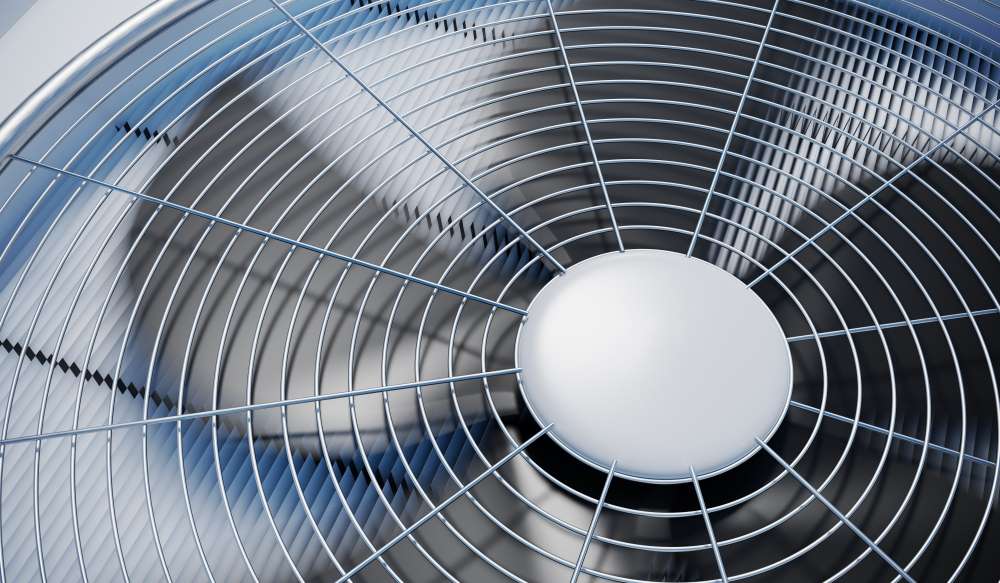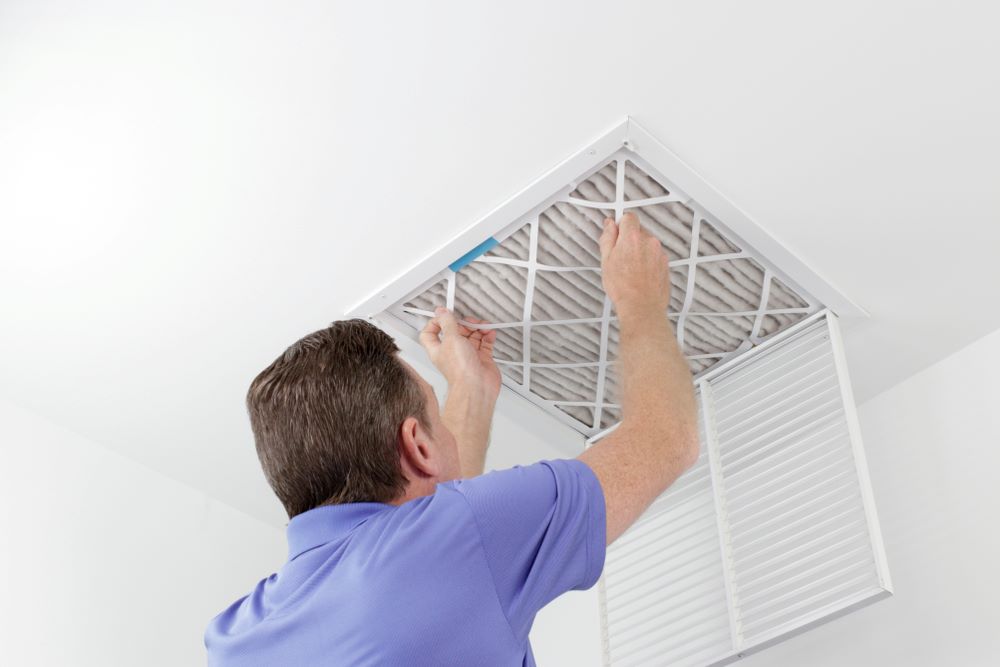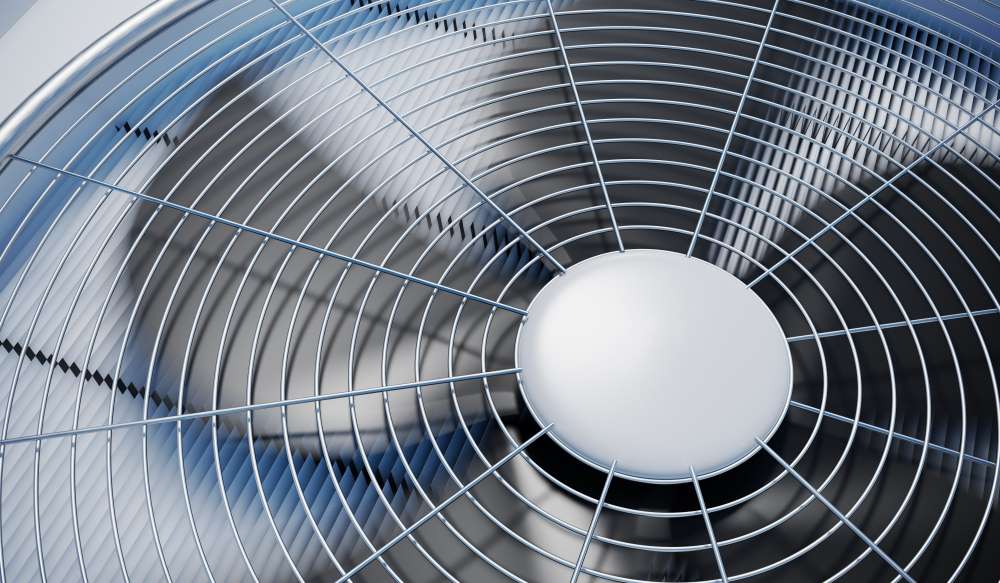Heating, ventilation and air conditioning systems play an important role in buildings: in addition to providing comfort, they help maintain a healthy indoor environment. A building with a faulty HVAC system is not only uncomfortable, but also a health hazard. Providing internal environmental quality also makes financial sense for companies, since comfort and health improve productivity.
One benefit of a well-designed HVAC system is greater control over harmful organisms such as viruses, bacteria, mold and dust mites. As these organisms have a detrimental effect on air quality and health, building owners must ensure they are kept under control. To improve IAQ, the US Environmental Protection Agency recommends a relative humidity below 60% and ideally between 30% and 50%.
Relative humidity is the percentage of water in the air, in relation to the maximum amount that the air can hold. Because warm air can hold more moisture than cold air, 50% relative humidity at 90°F represents more humidity than 50% relative humidity at 65°F.
How humidity in the air reduces viral infections
The viruses responsible for the common cold and flu spread more easily when the air is dry, and this also applies to the Wuhan coronavirus. There are several reasons why viral infections are more common in cold, dry climates:
- Airborne particles stay in the air longer when there is low humidity, and this also applies to viruses.
- Low humidity dries out the mucous membranes that protect the human respiratory system, increasing the likelihood of viral infections.
- Cold temperature itself does not affect the spread of viruses. However, cold air retains less moisture, causing the two effects described above.
- People stay home during cold weather, and viruses spread more easily when people are together in enclosed spaces.
The Centers for Disease Control and Prevention (CDC) has studied how air humidity affects flu virus infections. At a relative humidity of 23%, 70-77% of flu virus particles remained active one hour after they were expelled into the air. However, at 43% relative humidity, only 14% of flu virus particles were still active after an hour.

During the winter, space heating systems can make indoor air drier than outdoor air, increasing the likelihood of viruses spreading. Building owners should make sure their HVAC systems control not only temperature but also humidity. Additional humidification measures may be required in sensitive applications such as healthcare and nursing homes.
A high level of air humidity helps prevent the spread of viruses. However, too much humidity is not good either, as there are other negative effects on IAQ.
High humidity: negative effects on indoor air quality and health
Dry air causes particles to remain in the air longer and this increases the chance of viral infections. However, moist air encourages the growth of bacteria, mold and dust mites. These organisms have a negative impact on indoor air quality and occupant health:
- Many species of bacteria are pathogens just like viruses and cause health problems.
- Mold damages furniture and some building materials, and its spores cause allergic reactions. Asthma patients can experience attacks when they inhale mold spores.
- Dust mites also cause general allergic reactions and attacks in asthma patients.
The US Environmental Protection Agency recommends 30-50% relative humidity, while ASHRAE recommends 30-60% relative humidity. These intermediate ranges were specified because dry air and moist air have detrimental effects.

Mold and dust mites die when relative humidity is reduced to the ASHRAE recommended range. However, filtering the air is still important, since dead mold spores and dust mites also cause allergic reactions. A vacuum cleaner with a HEPA filter is recommended, as it captures 99.97% of particles with a diameter of 0.3 microns.
Looking for professional HVAC design to achieve a comfortable and healthy indoor environment?
Get HVAC Services
Effectively controlling indoor air humidity
An energy recovery ventilation (ERV) system with an enthalpy wheel can exchange moisture between outside supply air and exhaust air. This type of ERV system can increase or decrease humidity as needed:
- When the outside air supplied to the building is moist, exhaust air can remove some of that moisture through the ERV system.
- The opposite applies when the outside air is dry, as the ERV system recovers moisture from the exhaust air.
Heating and air conditioning systems are associated with thermal comfort, but they can also provide some control over air humidity. Additional humidifiers and dehumidifiers provide more control, but they also consume a lot of energy. They are only recommended when HVAC systems cannot achieve an adequate humidity range on their own.

